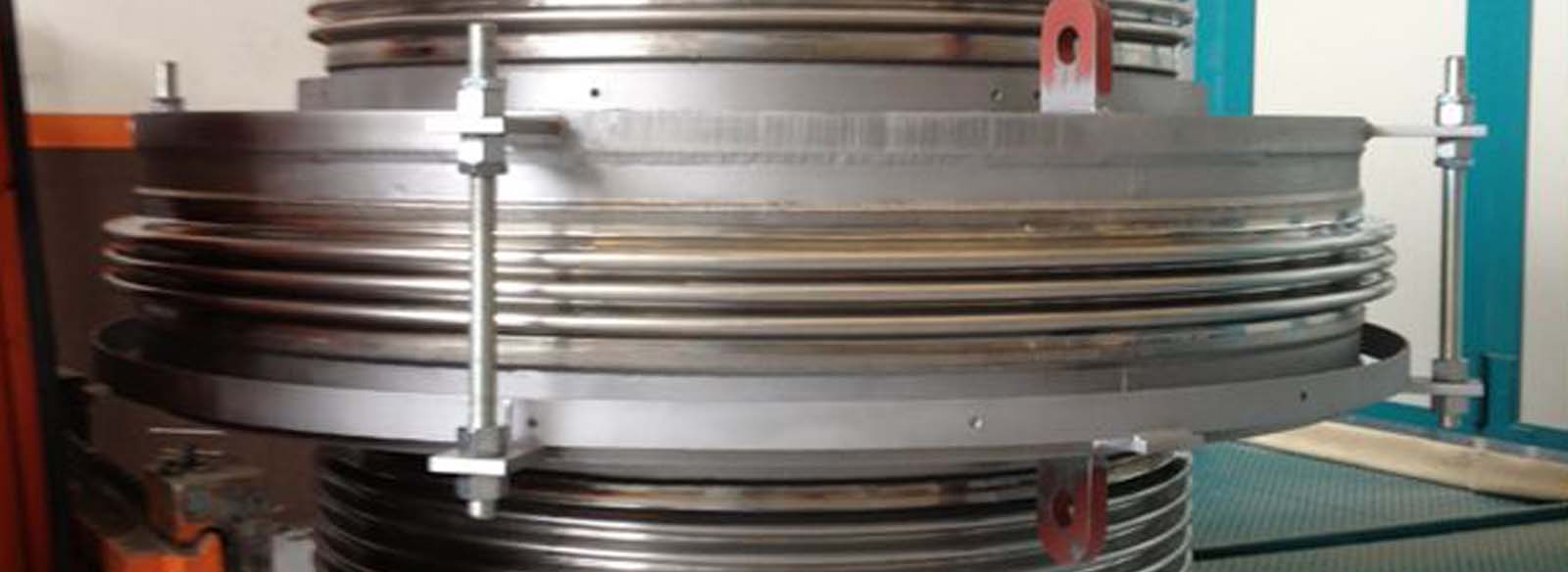Anchorage
Surface coating and painting require a perfect adhesion between the surface and the coating layer, even in presence of technological paints or primers ensuring a high level of adhesion to the coating. Each type of coating has a specific anchor pattern, which increase the durability and performance of the surface.
According to the coating technology used, (painting, galvanic processes, electrophoresis, PVD, HVOF etc.) surface roughness produces a number of different effects, which strongly influence the quality of the finished product. Consider the following example.
Spray painting is affected by the anchor pattern of the surface. If the profile is too smooth (with low Ra values according to ISO 1997 standards) the surface will have a limited anchor pattern, while a rough profile (with high Ra values according to ISO 1997 standards) may lead to an inadequate coverage of the surface.
In order to obtain a good anchor pattern, we recommend, for example, the use of angular corundum grit. Alternatively, angular metal grit may be used to treat hard, ferrous surfaces such as steel and cast iron. If the surface has been previously painted, it must be cleaned properly to remove all residuals (cleaning degree of at least SA 2 ½) and to obtain a good anchor roughness (Ra values ranging between 2 to 3 microns) according to the thickness of the paint coating. So it is necessary to have a deep knowledge of the equipments used as it is also indispensable to have a good control over grit size and on the uniform coverage of the surfaces to be treated. Finally, the process requires roughness measuring instruments and the ability to validate treatment results with adequate statistical tools. Particular attention should be given to the terminology used in the definition of roughness reference parameters and measurement standards. In Europe surface roughness is regulated by the ISO 1997. The most important parameters for surface roughness are: Ra, Rz, Ry, Rt (measured in microns).




